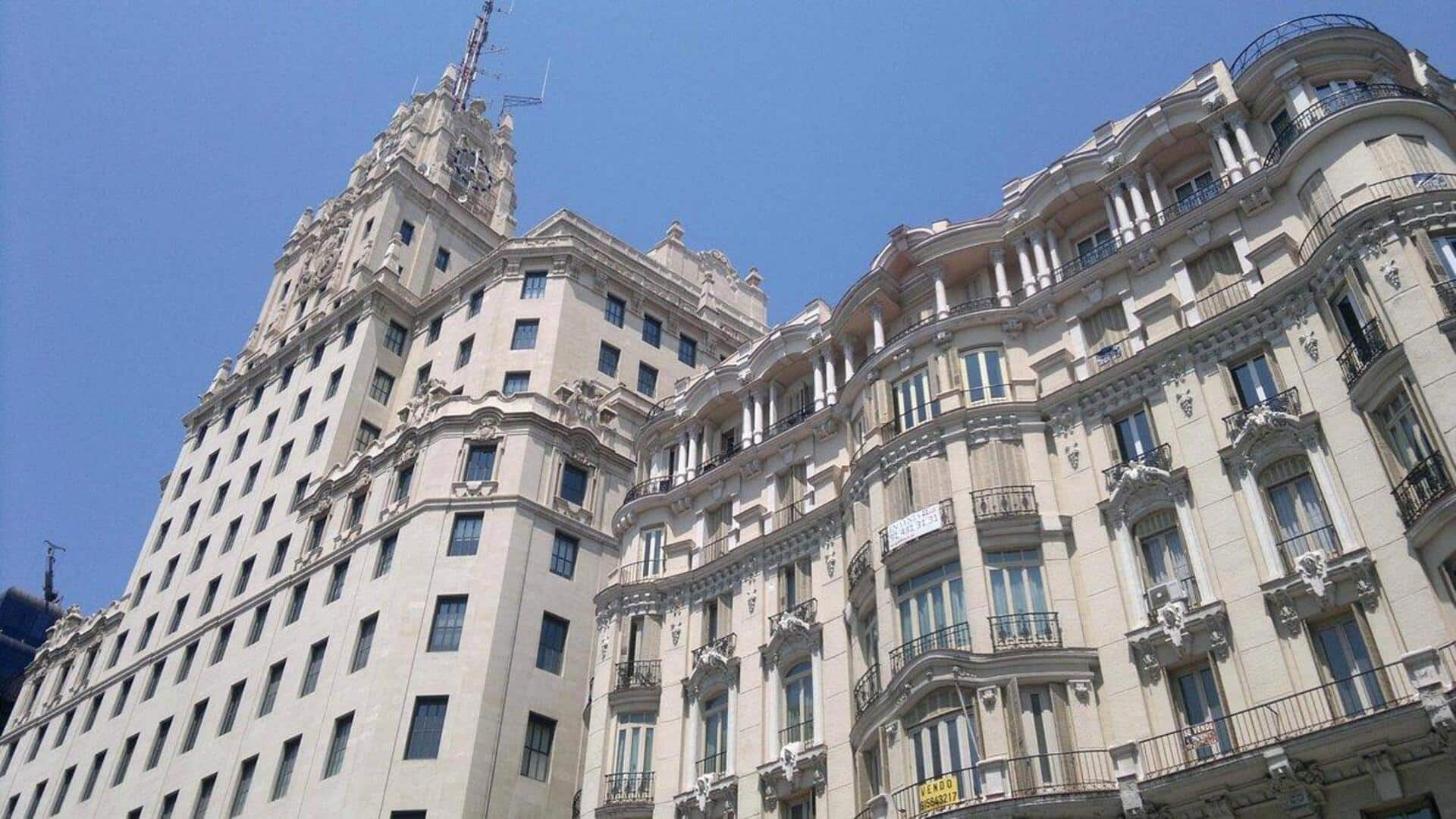
When in Madrid, visit these architectural marvels
What's the story
Madrid, a historic and cultural city, has some lesser-known architectural gems that travelers often miss out on. These hidden marvels reflect the variety of architecture in the city, with styles from various eras. Visiting them gives a unique insight into how Madrid has evolved over the centuries. Here, we take a look at some of these secret spots every traveler should visit to appreciate the city's architectural diversity.
#1
The enigmatic Casa de las Siete Chimeneas
Casa de las Siete Chimeneas (House of the Seven Chimneys) is an interesting building with a mysterious past. Located in Plaza del Rey, the 16th-century building is famous for its seven chimneys and Renaissance architecture. It has served various purposes over the years, from a residence of nobility to military headquarters. The building's design and historical significance make it a must-stop for those interested in Madrid's architectural evolution.
#2
The hidden gem of Palacio de Liria
When it comes to grand architecture, Palacio de Liria is one of Madrid's best-kept secrets. Built in the 18th-century, this neoclassical palace is the residence of the Duke of Alba. The impressive facade and lush gardens are matched by an extensive art collection inside. Not as famous as other palaces in Spain, its elegance and historical importance make it worth exploring for architecture and art lovers.
#3
Discovering Edificio Telefonica on Gran Via
Edificio Telefonica towers over Gran Via as one of Europe's first skyscrapers. Completed in 1929, the building is a blend of early twentieth-century American-inspired architecture with a Spanish twist. At 89 meters high, it was once Europe's tallest building, and still stands as an iconic part of Madrid's skyline. One can admire its stunning facade while learning about its contribution to Spain's telecommunications history.
#4
Exploring Museo Cerralbo's architectural beauty
Museo Cerralbo offers more than art, it's also an architectural delight hidden away near Plaza de Espana. This 19th-century mansion features Baroque Revival interiors and eclectic exterior elements that captivate visitors. Each room is filled with antiques collected by Marquis Enrique Aguilera y Gamboa during his travels across Europe, making the museum both culturally enriching and architecturally fascinating.